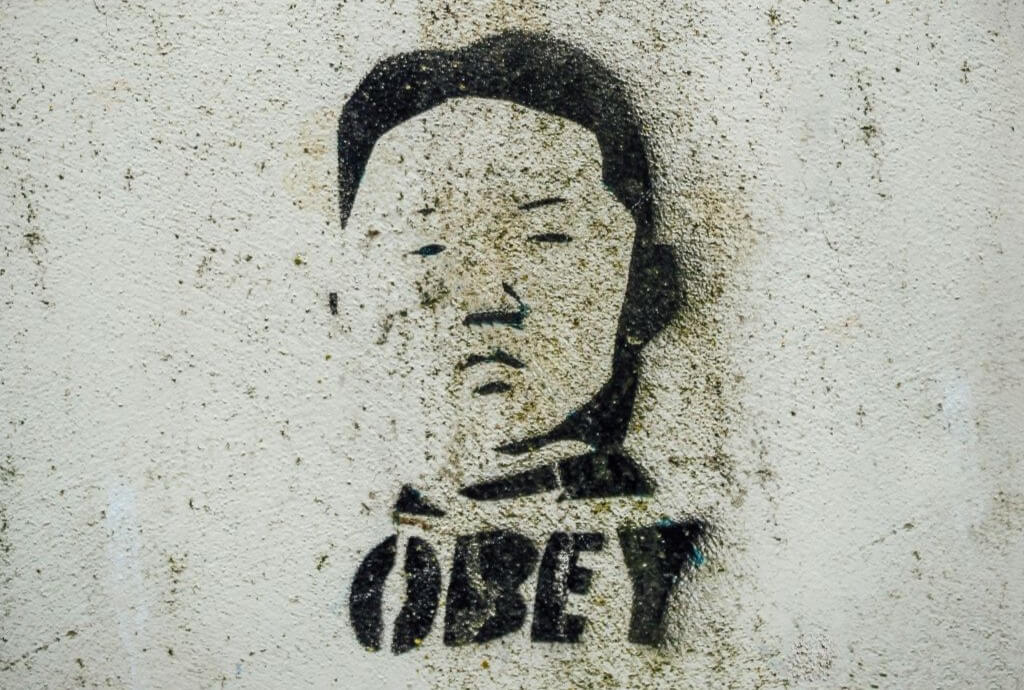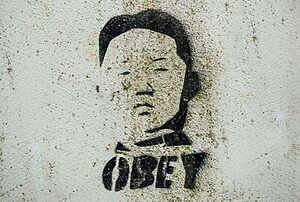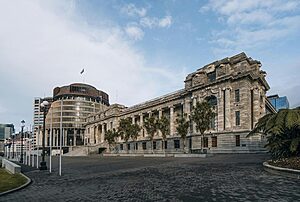In brief
- RNZ claimed Hamilton’s 2025 heatwave “shattered” records, but 1930s data showed higher temperatures.
- RNZ quietly changed the headline and story without informing other media outlets like TVNZ or The NZ Herald, who had republished it.
- The Media Council upheld a complaint, citing exaggeration and lack of disclosure.
- Historical data showed 1930s temperatures were higher, but RNZ dismissed them based on a claim contradicted by NIWA’s own disclaimers.
- TVNZ and The NZ Herald versions remain uncorrected. RNZ, The NZ Herald, and the minister have been asked to comment.
What RNZ knew and when
State broadcaster RNZ knew on Feb 13 it had major accuracy problems with a Hamilton heatwave climate change story, but chose not to tell other media outlets who republished the false syndicated story.
A written version of a Morning Report investigation by RNZ chief climate correspondent Eloise Gibson was published on Feb 13 by RNZ and syndicated to RNZ’s media running their stories including TVNZ and the NZ Herald who both picked it up under the original RNZ headline, “Hamilton’s run of hot days shatters previous record”.
However the Media Council has revealed RNZ knew on Feb 14 that its headline was wrong and changed it.
But the state broadcaster didn’t tell its media syndication list that 1) its original headline was false and 2) that it had made changes.
Instead, the false stories have lingered for months on other media sites unchanged and were still available this morning (see screenshots).
“The headline using the word ‘shattered’ was an exaggeration and not backed up by the evidence. RNZ responded quickly, checking with Dr Harrington, and the reporter requested the headline change the day after the story was published.
“However, even after that change was made the Council believes the headline did not indicate the degree of uncertainty expressed by the climate scientist or that the claim was his opinion. The heading ‘Hamilton’s run of hot days breaks previous record’ was stated as fact.
“The caption below the headline, which read ‘Hamilton has had almost two weeks of the hottest weather on record,’ was also stated as fact without any degree of uncertainty or attribution. For that reason, the complaint under Principle (6) is upheld.
Decision: The complaint is Upheld.”
The Media Council said it didn’t have the expertise to determine whether a 62-day heatwave in the summer of 1934/35 was the record to beat, but it conceded that it was clearly a matter in dispute:
“In his initial correspondence with RNZ, Mr Wishart challenged the statement that the February 2025 temperatures were likely to be record-breaking. He provided Waikato Times figures from mid-December 1934 to 28 February 1935. There were three periods where the temperatures did not fall below 80F (27C) – one of 26 days, one of 10 days and one of 26 days. The average maximum temperature in the 2025 heatwave was 28.46C and in the 1934-5 heatwave it was higher, at 30.28C…
“The main thrust of the complaint is best considered under Principle (1) Accuracy, Fairness and Balance and Principle (4) Comment and Fact. Dealing first with Principle (4), Dr Harrington’s comments about what he thought was likely to be the hottest 10 days on record were clearly presented as his opinion, so there was no breach of Principle (4). The use of the words “likely” and “probably” indicated a level of uncertainty. Dr Harrington was open about the fact that he only had access to records going back to the early 1990s.
“Mr Wishart and Ms Atkinson challenge Dr Harrington’s statement about the likely recordbreaking status of the heatwave, pointing to temperatures published in the Waikato Times in the 1930s that were higher. They believe RNZ should have “corrected” the story on that basis.
“However, RNZ and Dr Harrington dispute the reliability of the early figures, and say they are not directly comparable. Mr Wishart and Ms Atkinson clearly believe the 1930s records are reliable, Dr Harrington does not. The Council is not expert in assessing the reliability of historical weather records and whether they can be usefully compared but finds that RNZ was within its rights to publish the claim about the 2025 Hamilton heatwave as the opinion of a climate scientist.”

However, the Media Council knew, but deliberately did not disclose, that there were two solid reasons backing up the Wishart/Atkinson claims that the 1934/35 data was reliable. The first reason was that it was the ONLY data actually collected in Hamilton city:
“RNZ cannot, on the one hand, demand homogeneity of sites when NIWA no longer does (see main complaint, where I also explained adjustments). Even worse, the RNZ story heat record is claimed for Hamilton city, when the 2025 record was ACTUALLY taken some distance away at the airport. The only ‘city’ data in this entire debate is the 1934/35 data. Goose. Sauce. Gander. RNZ claiming the data as a city record for probably all time opened that can of worms.”
The second reason is that the Harrington/RNZ assertion that you couldn’t compare “different sites” was false: all the record temperature claims published in the media by NIWA carry a disclaimer (never printed by the media) that NIWA no longer worries about comparing different sites within the same region, for the purposes of making “record” claims:
“As pointed out in my email reply to Harrington and Gibson, NIWA explicitly states in all its “record” claims released to media that it is no longer bothering to cross check temperature records from the exact same site, it simply cherrypicks the highest records in the entire region and publishes them with no regard to homogeneity:
“The rankings (1st, 2nd, 3rd etc.) in Tables 1 to 11 are relative to climate data from a group of nearby stations, some of which may no longer be operating. The current climate value is compared against all values from any member of the group, without any regard for homogeneity between one station’s record and another. This approach is used because of the practical limitations of performing homogeneity checks in real-time.” – NIWA disclaimer”
So, when the Media Council said (with a straight face) that Harrington/RNZ were disputing the 1930s comparison, the Council had taken one for the team by swallowing a truly inconvenient dead rat which it chose not to refer to, by instead pleading ignorance:
“The Council is not expert in assessing the reliability of historical weather records and whether they can be usefully compared.”
In plain English, the Council allowed RNZ and a climate scientist to get away with gaslighting by claiming different sites could not be compared, when they all had written evidence that EVERY climate record claimed by NIWA now ignores site differences.
The Council ruling notes that RNZ made one headline change and two story changes which, as explained, were not disclosed to TVNZ or the Herald so they could correct their versions of the RNZ story.
Comment has been sought from the Herald, Broadcasting Minister Paul Goldsmith and RNZ itself on why other media outlets weren’t told of accuracy complaints about a major syndicated story.



















